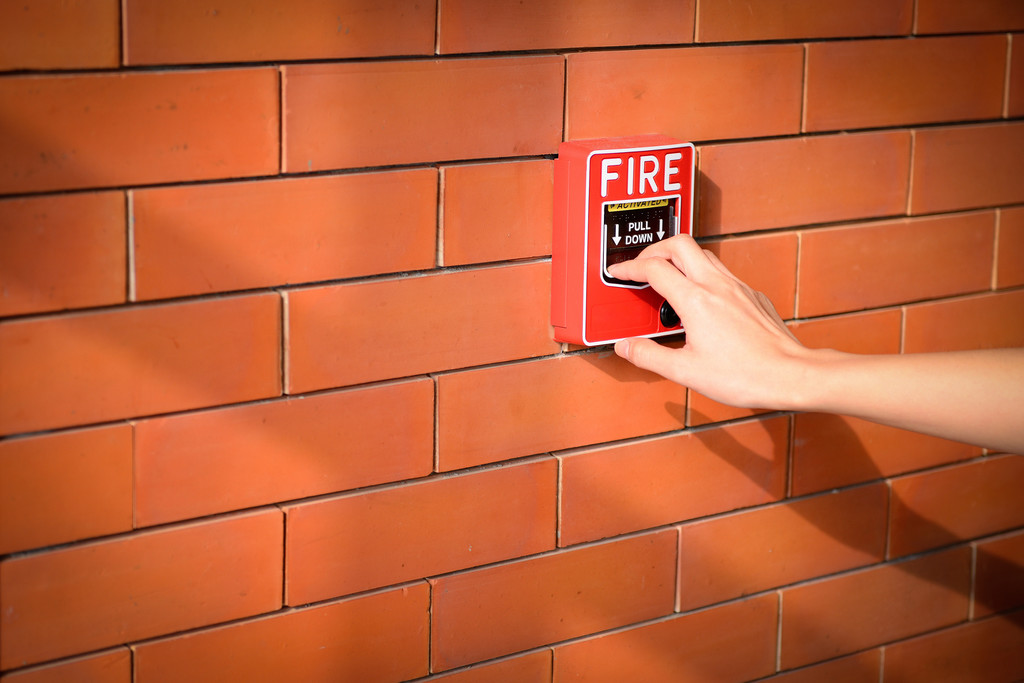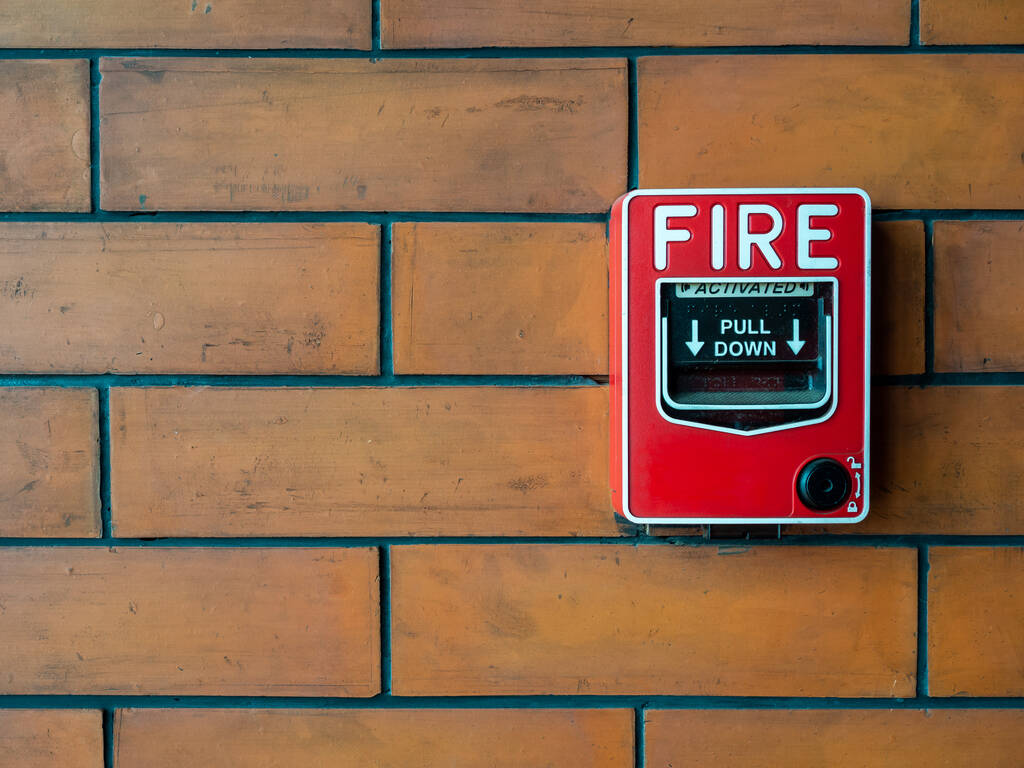Blog
What Triggers the Alarm Before Flames Take Hold

Imagine this you are sitting at home reading or winding down for the night when suddenly a shrill alarm cuts through the quiet. Before you even see smoke or flames the system has already sensed danger. That is the power of automatic fire detection systems they react to the earliest warning signs, often long before our own senses would catch them. These systems are designed to save lives protect property and buy critical minutes when every second counts.
The Science of Early Detection
Fire does not usually start with a roaring blaze. It begins with small changes in the environment: particles in the air shifts in temperature or invisible gases that humans can not easily detect. Fire detection technology works by constantly scanning for these subtle signals sounding an alarm before flames can spread.
Different Types of Fire Detectors
Not all detectors work the same way each is tuned to catch different signatures of fire. By layering technologies, modern systems provide broad and reliable protection.
- Smoke Detectors: The most common and familiar type smoke detectors monitor the air for particles released during combustion.
- Heat Detectors: These monitor changes in temperature. Fixed temperature detectors trigger when the heat reaches a set point while rate of rise models activate when the temperature climbs unusually fast.
- Gas Detectors: Carbon monoxide (CO) and other gas sensors warn when dangerous, often invisible by products of combustion are present.
- Flame Detectors: Used more in industrial settings these sense the unique light patterns produced by flames.
Why Early Warnings Matter
Fire moves at terrifying speed. A tiny flame can engulf a room in under five minutes. This is why early detection is not a luxury but a necessity.
- Time to Escape: A few minutes of extra warning may be the difference between life and death.
- Property Protection: Fire brigades can be dispatched sooner, minimizing destruction.
- Reduced Injuries: Smoke inhalation, not flames, causes the majority of fire related deaths. Early alerts give people time to avoid toxic air.
- Peace of Mind: Knowing a system is constantly on guard allows families, workers and caregivers to focus on their lives without lingering fear.
Everyday Settings Where They are Essential

Although many imagine fire alarms only in workplaces or public buildings their role in everyday settings is just as vital.
- Homes: Protecting families from cooking fires, faulty wiring or heating mishaps.
- Schools & Offices: Providing safe evacuation routes for large groups.
- Hospitals & Care Facilities: Giving staff critical minutes to move patients who can not evacuate on their own.
- Industrial Sites: Detecting fires in hazardous areas where flames can escalate rapidly.
Tips for Maximizing Protection
Even the most sophisticated fire detection technology must be maintained to remain reliable.
- Test Monthly: Press the alarm’s test button to ensure it works.
- Replace Batteries: At least once a year or immediately when you hear the low battery chirp.
- Clean Sensors: Dust, dirt and even small insects can interfere with accuracy.
- Upgrade Old Systems: If your detectors are over 10 years old and replace them with newer, more reliable models.
- Plan & Practice: Detection alone isn’t enough have an evacuation plan and rehearse it.
The Human Side of Technology
Fire detection systems are not just about engineering they are about humanity. Behind every alarm is a family sleeping peacefully a worker focused on their shift a patient resting in bed. The real purpose of these devices is not just to beep, flash or trigger sprinklers it is to protect lives and preserve the bonds that make up our communities.
A Quiet Guardian
Most of the time fire detectors go unnoticed small devices fixed to the ceiling or wall and blending into the background of daily life. They do their work silently, without drawing attention and patiently waiting for a moment that may never come. Yet when that moment does arrive and their value becomes immeasurable.
Fire Detection Systems At a Glance
| Category | Key Points |
|---|---|
| Early Detection | Detects smoke heat gases or flames before fire spreads. Provides critical time to act. |
| Types of Detectors | Smoke: Ionization for fast flames. Photoelectric for shouldering fires. Heat: Fixed temperature or rate of rise. Gas: Carbon monoxide and other dangerous gases. Flame: Light patterns from open flames used in industrial sites. |
| Why It Matters | Extra time to escape. Faster fire brigade response. Reduces smoke related injuries. Provides peace of mind. |
| Where Essential | Homes schools offices hospitals and industrial sites. |
| Best Practices | Test monthly. Replace batteries yearly. Clean sensors. Upgrade after ten years. Practice evacuation. |
| Core Message | Silent guardians that save lives by giving you time when seconds matter most. |
Conclusion
Fire detection systems may seem like simple devices but in reality they are life saving guardians that stand watch every second of the day. Though silent and unassuming, they provide the most critical resource in an emergency time. Time to act, time to escape, and time to prevent tragedy. By detecting danger in its earliest stages and these systems transform what could be catastrophic into a manageable incident.
